Mapowanie myśli to „alternatywa dla całego mózgu zamiast myślenia liniowego”. Sięga we wszystkich kierunkach i łapie myśli z każdego kąta. Mapa myśli może pomóc w planowaniu, komunikacji, byciu bardziej kreatywnym, oszczędzaniu czasu, rozwiązywaniu problemów, koncentracji, organizacji, lepszym zapamiętywaniu i szybszym uczeniu się.
Mapowanie myśli to skuteczny sposób na robienie notatek i burzę mózgów na temat esejów. Mapa myśli polega na zapisaniu centralnego tematu i myśleniu o nowych i powiązanych pomysłach, które promieniują z centrum. Skupiając się na kluczowych pomysłach zapisanych własnymi słowami i szukając między nimi powiązań, możesz mapować wiedzę w sposób, który pomoże ci lepiej zrozumieć i zapamiętać informacje.
Obecnie mapy myśli są powszechnie uznawane za skuteczną metodę poprawy zrozumienia i pamięci poprzez wizualną reprezentację informacji. Mapy myśli mają wiele zastosowań, w tym robienie notatek, burzę mózgów, podsumowywanie, organizowanie, rozwiązywanie problemów, pisanie, poprawianie, uczenie się i ogólne wyjaśnianie myśli.
Cechy map myśli
Mapowanie myśli to bardzo skuteczny sposób na wprowadzanie i wydobywanie informacji z twojego mózgu, który jest kreatywnym i logicznym sposobem robienia notatek, który dosłownie „mapuje” twoje pomysły.
Pięć podstawowych cech mapowania myśli:
- Główna idea jako temat skupienia w centralnym obrazie
- Gałęzie składają się z kluczowego słowa
- Tematy o mniejszym znaczeniu są reprezentowane jako „gałązki”
- Gałęzie tworzą połączoną strukturę modelu
Mapowanie myśli przekształca długą listę informacji w kolorowy, zapadający w pamięć i wysoko zorganizowany diagram, który działa zgodnie z naturalnym sposobem działania twojego mózgu.
Jak korzystać z mapowania myśli?
- robienie notatek na wykładzie i słuchanie najważniejszych punktów lub słów kluczowych
- pokazywanie powiązań i relacji między głównymi pomysłami w twoim temacie
- burza mózgów na temat wszystkich rzeczy, które już wiesz o pytaniu eseju
- planowanie wczesnych etapów eseju poprzez wizualizację wszystkich aspektów pytania
- organizowanie swoich pomysłów i informacji, aby były dostępne na jednej stronie
- stymulowanie kreatywnego myślenia i kreatywnych rozwiązań problemów
- przeglądanie materiału w przygotowaniu do testu lub egzaminu.
Mapa myśli może być używana do wielu, wielu różnych celów. Jest szeroko stosowana w stymulowaniu i strukturyzowaniu generowanych pomysłów. To jest diagram mapy myśli, który odpowiada na pytanie „Czym jest mapowanie myśli”, wymieniając niektóre z powszechnych zastosowań mapy myśli. Zobacz ten przykład mapy myśli, aby dowiedzieć się więcej o mapie myśli i zacznij tworzyć swoją własną mapę myśli za pomocą naszego oprogramowania do map myśli. W rzeczywistości możesz nawet użyć mapy myśli, aby wyjaśnić „czym jest mapowanie myśli?”, jak pokazano w poniższym przykładzie:
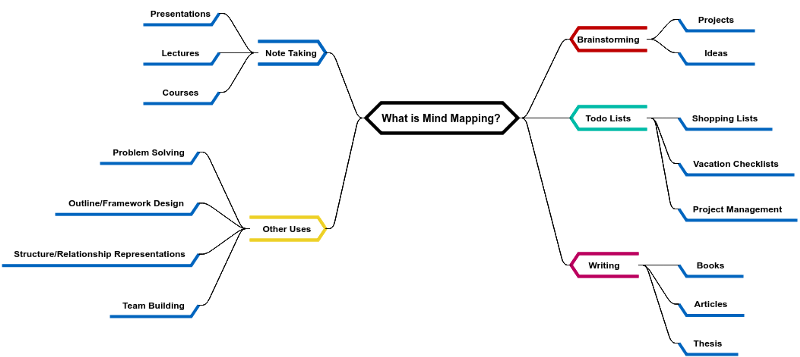
(Kliknij, aby otworzyć powyższy przykład)
Narzędzie do mapowania myśli
Visual Paradigm Onlineumożliwia cały proces mapowania myśli na zupełnie nowym poziomie. Teraz możesz rejestrować wszystko elektronicznie i łatwo edytować, aktualizować, reorganizować i dzielić się mapą myśli z naszym zespołem, menedżerem, klientem lub kimkolwiek innym, z kim chcielibyśmy komunikować postępy. Gałęzie mogą być dodawane, przenoszone i edytowane za pomocą kliknięcia myszą. Pomysły mogą być uchwycone wizualnie, w tym rysunki elektroniczne lub ikony, a możliwość minimalizowania gałęzi daje nam przestrzeń do syntezowania ogromnych ilości informacji w jedną mapę myśli.
Wypróbuj to samodzielnie z ponad 30 przykładami map myśli
- Darmowe przykłady diagramów map myśli i szablony edytowalne w internetowym oprogramowaniu do diagramów map myśli: Visual Paradigm Online.
- Użyj szablonów jako punktu wyjścia do stworzenia własnego diagramu mapy myśli.
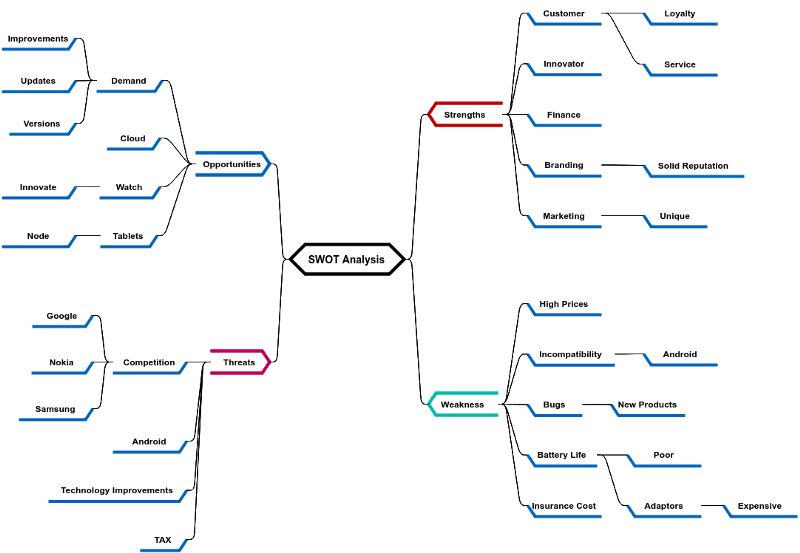
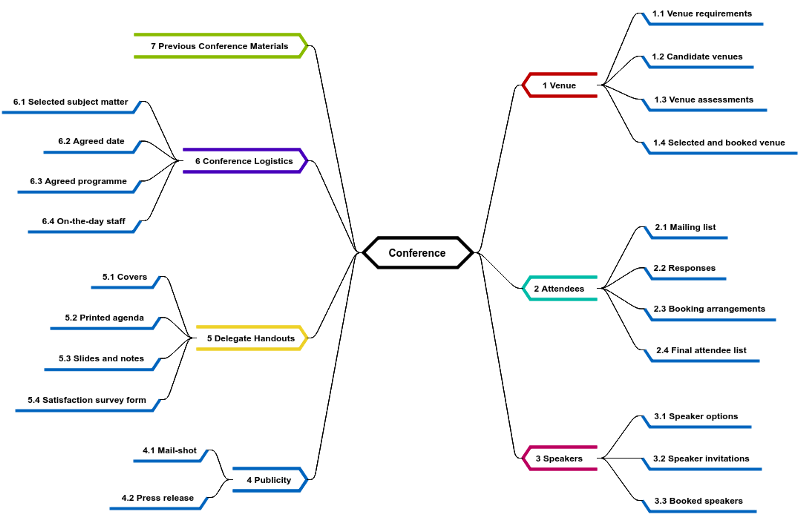
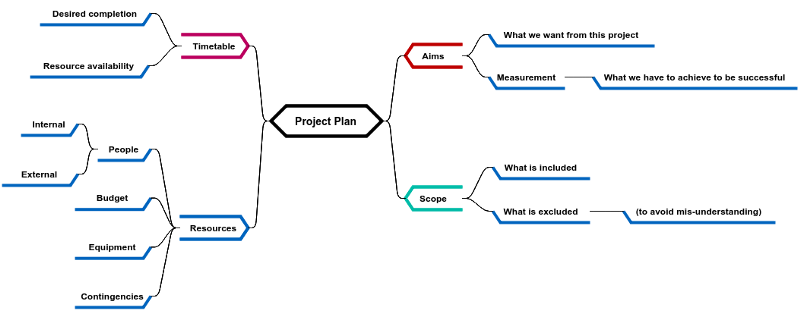
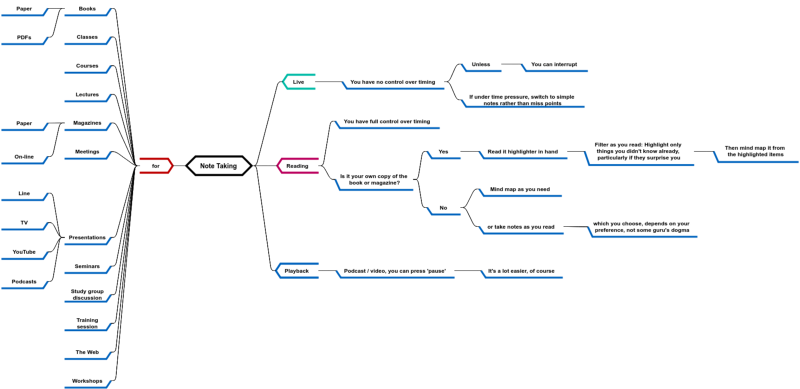

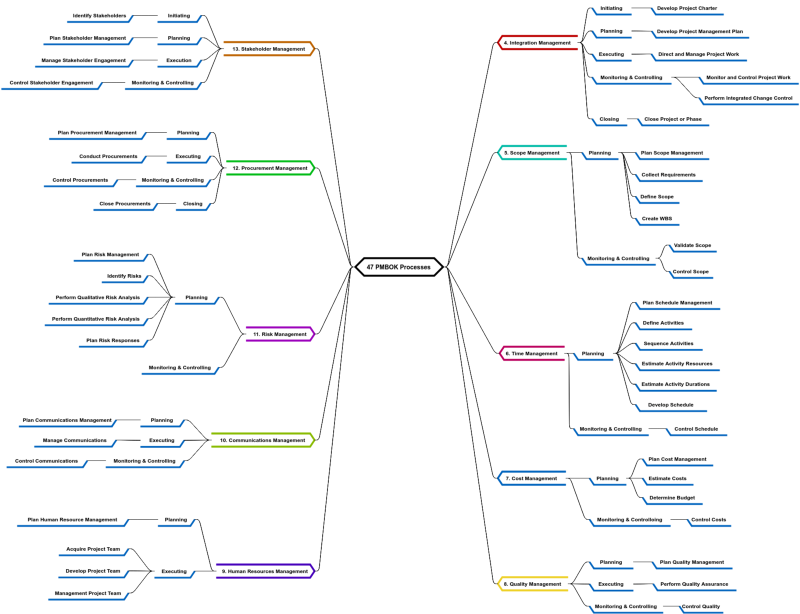
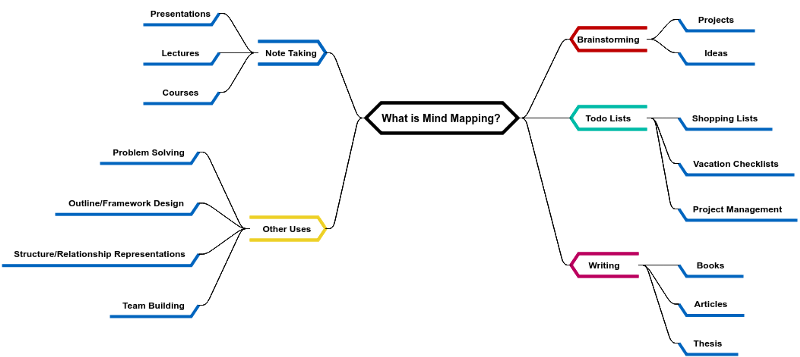
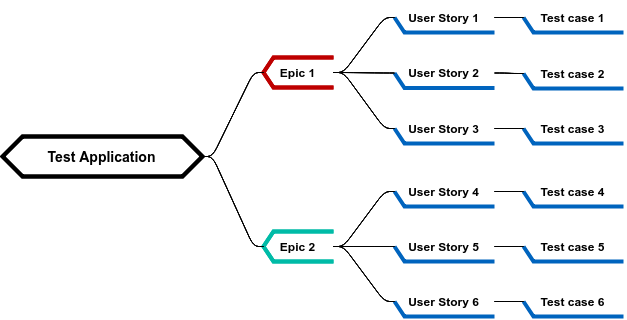
Przypadki testowe aplikacji pocztowej
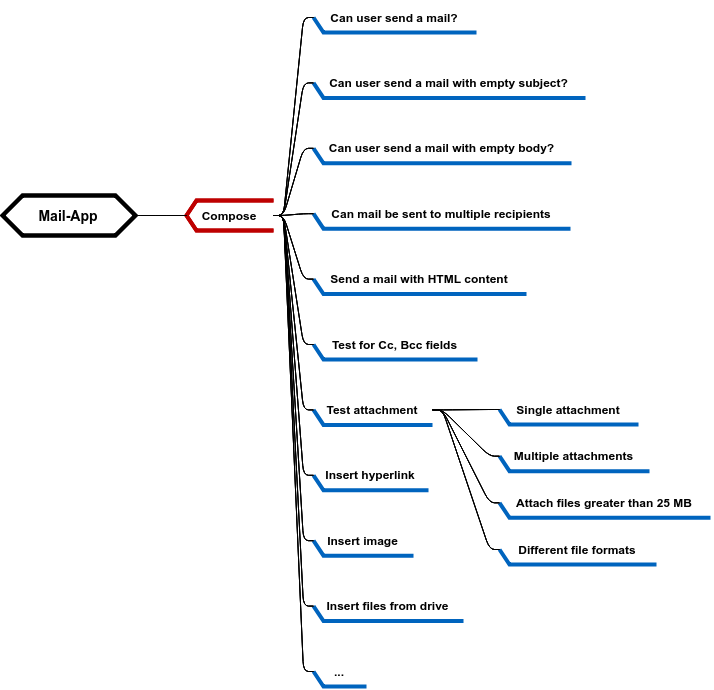
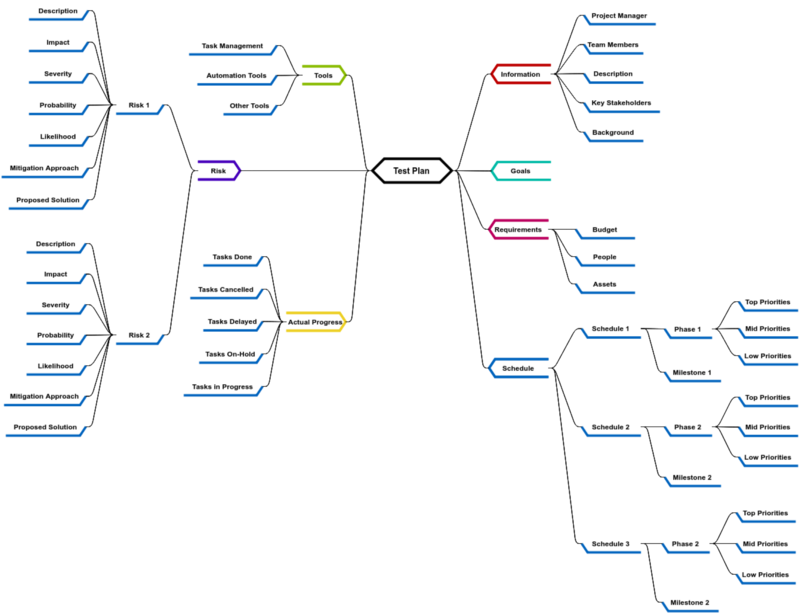
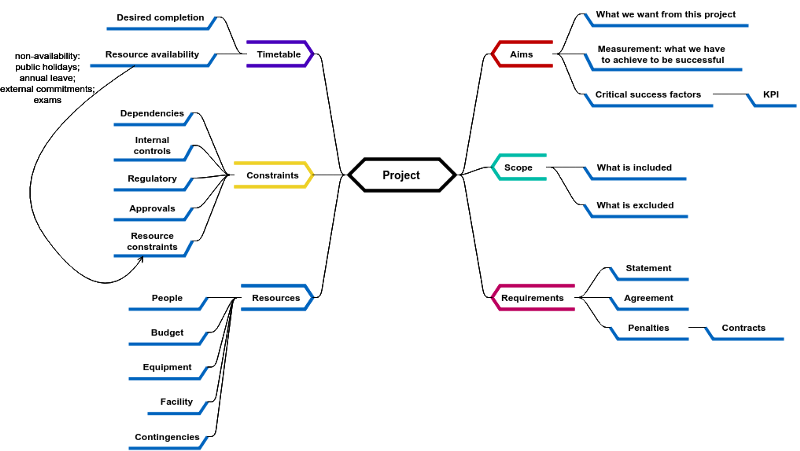
Planowanie aktualizacji oprogramowania
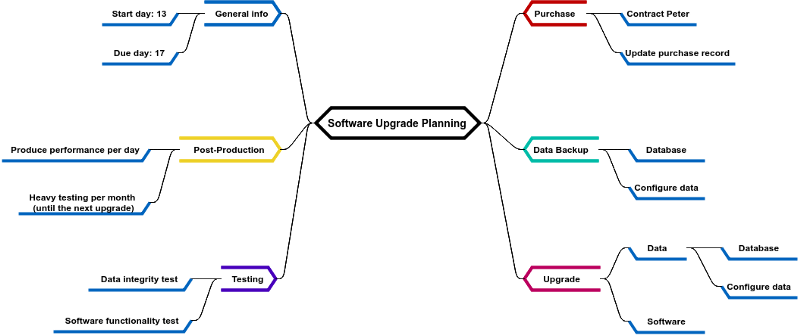
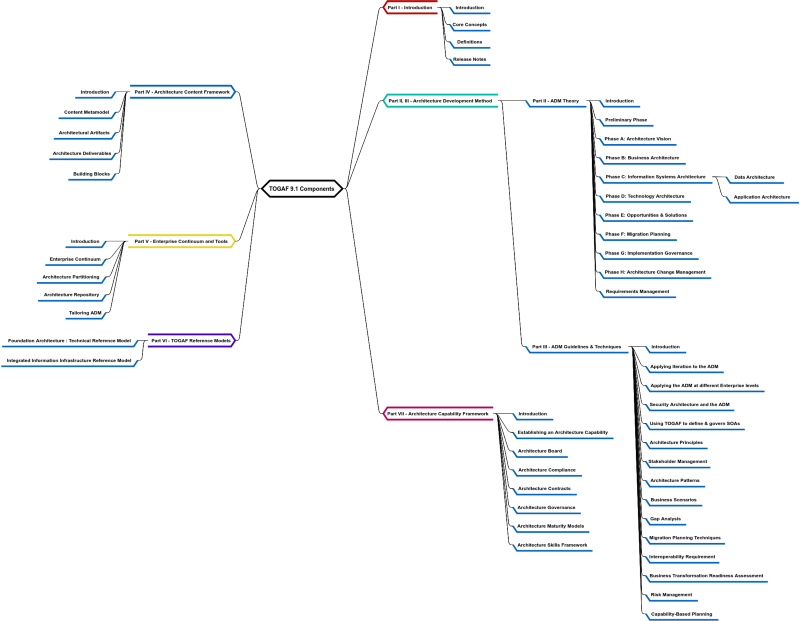
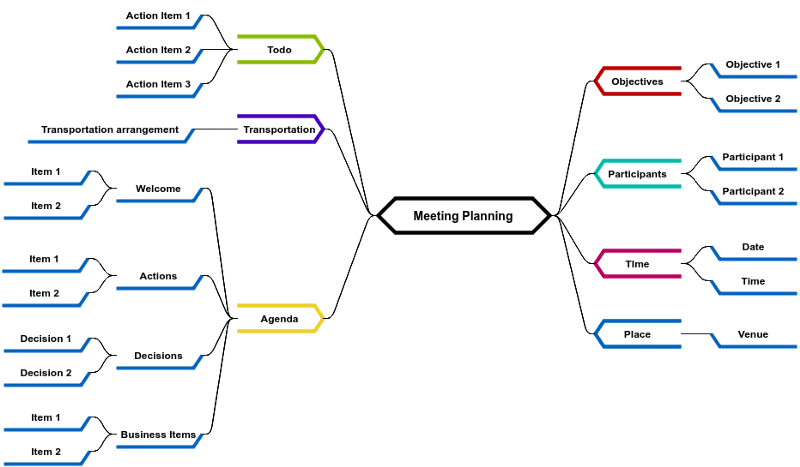
Proces planowania marketingowego
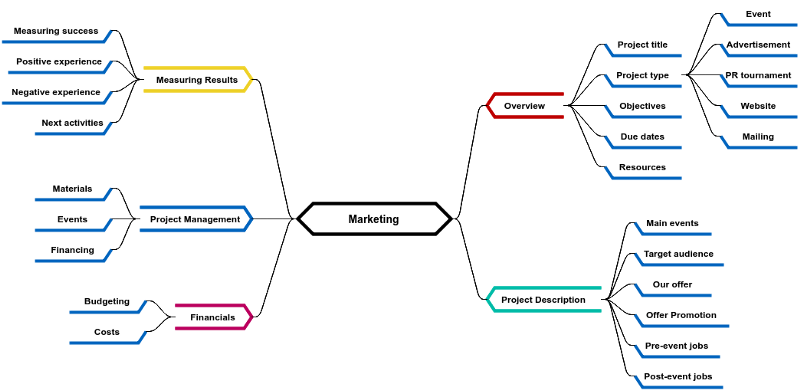
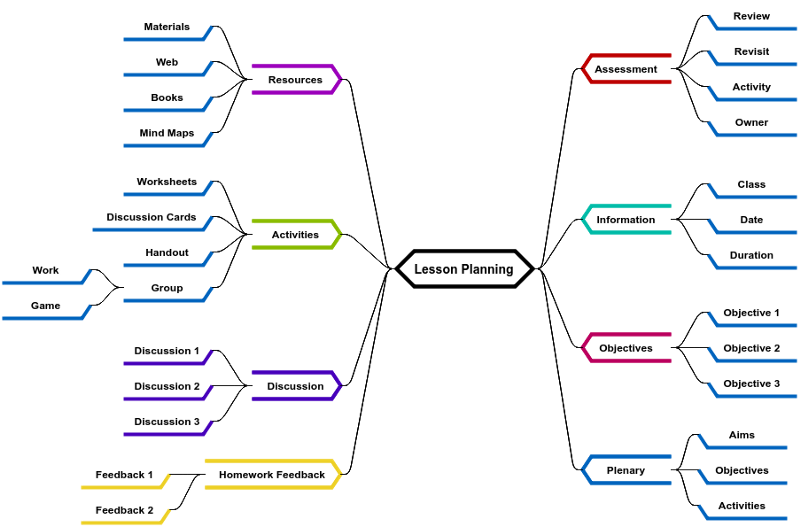
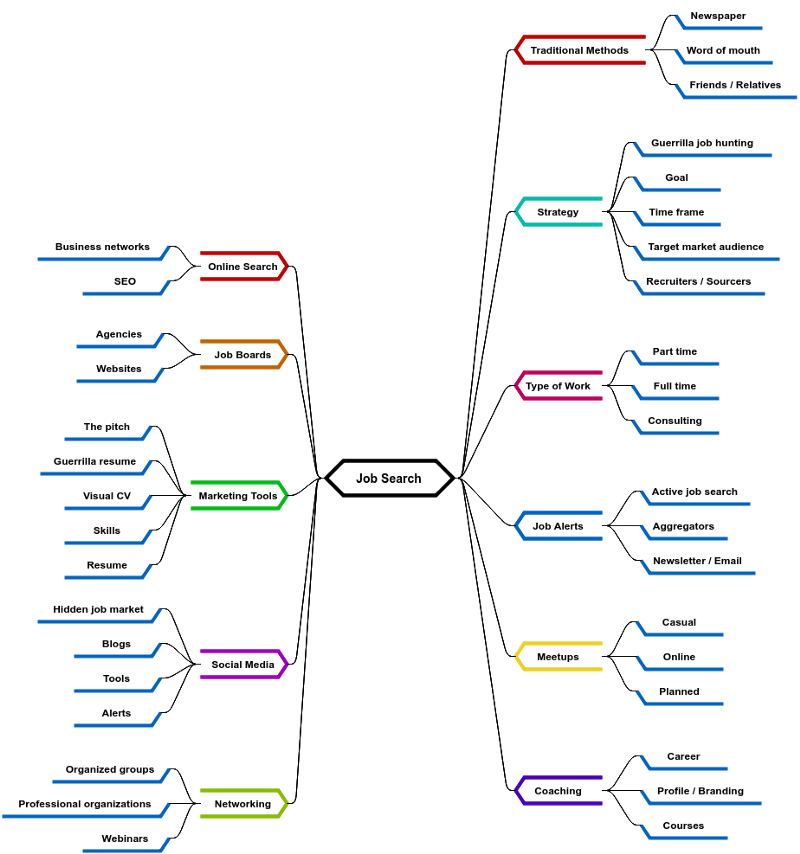

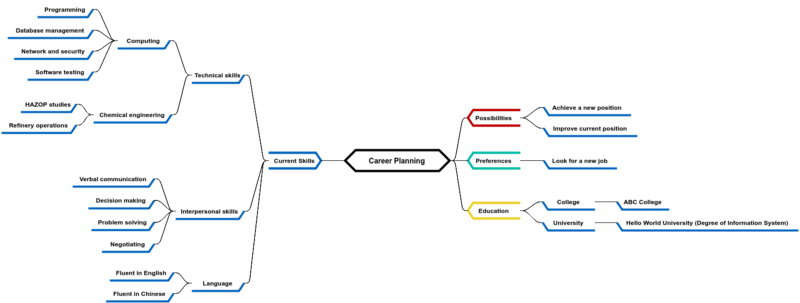
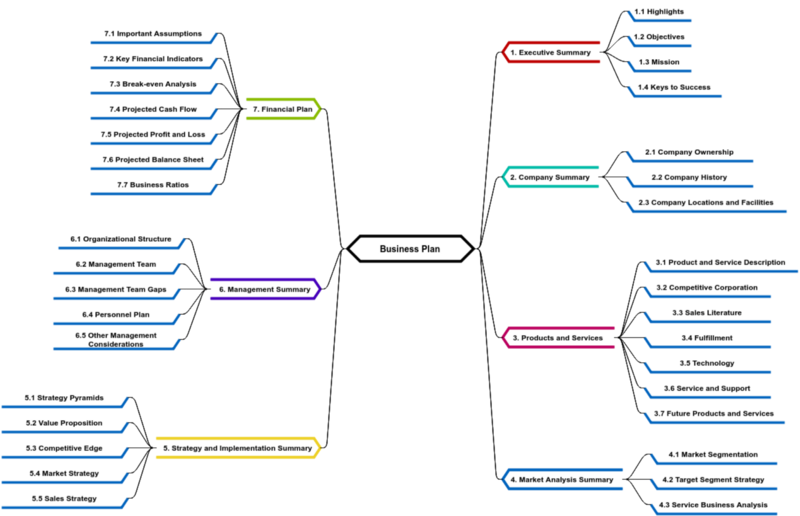
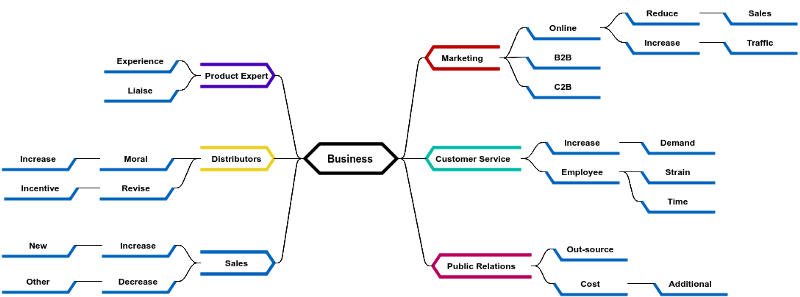
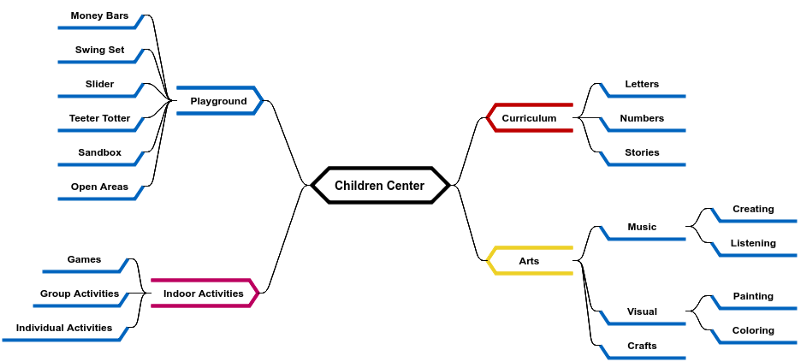
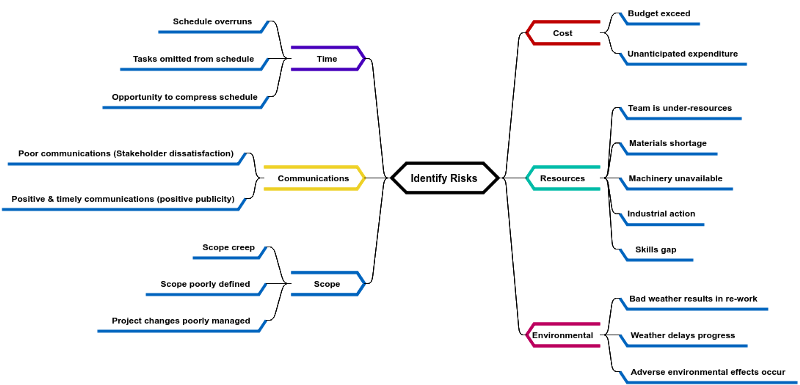
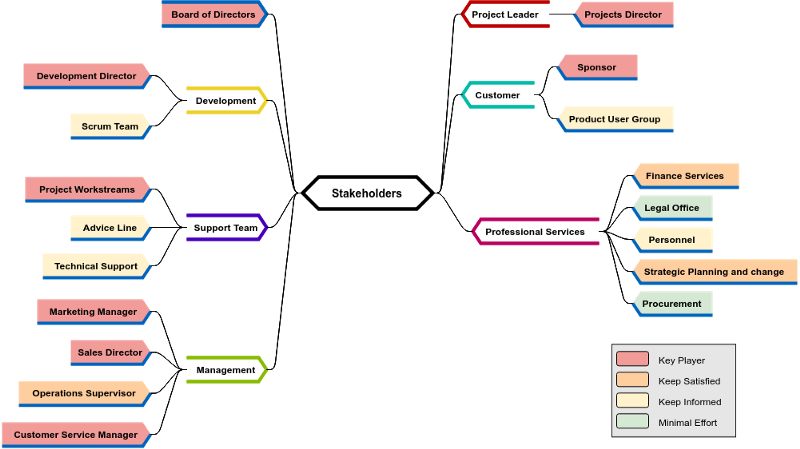
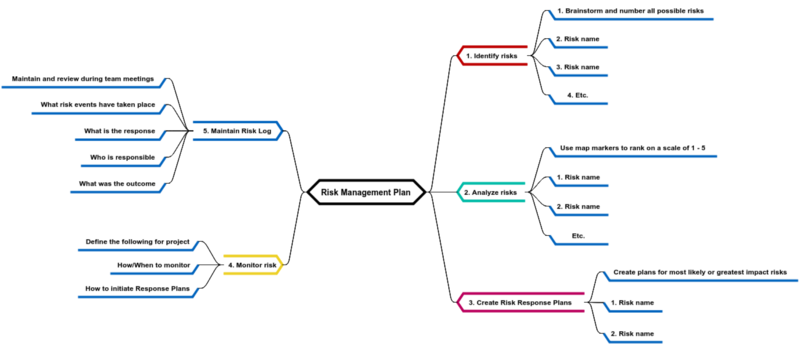
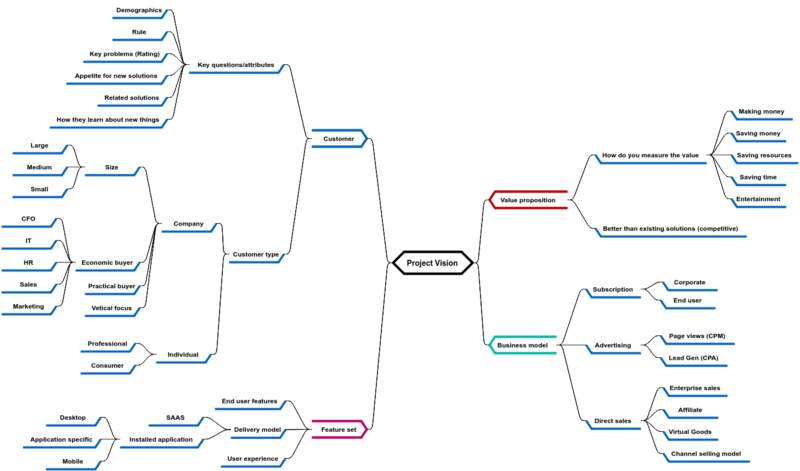
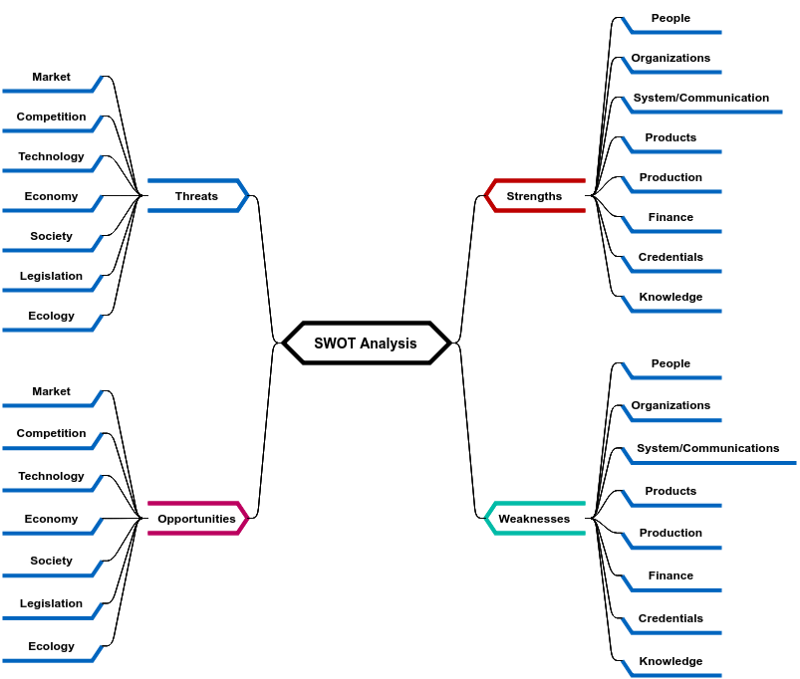
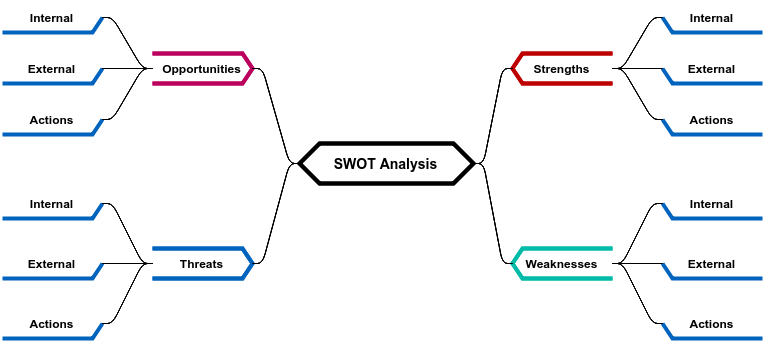
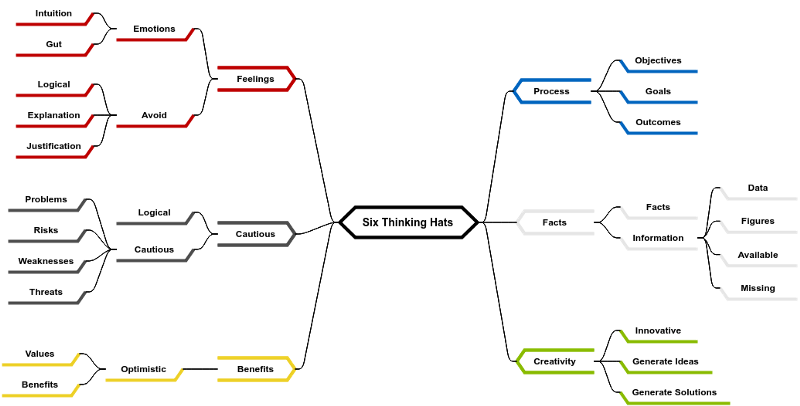
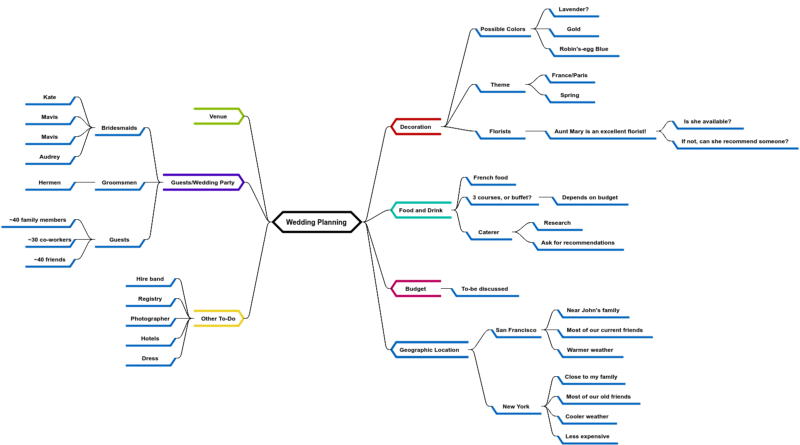
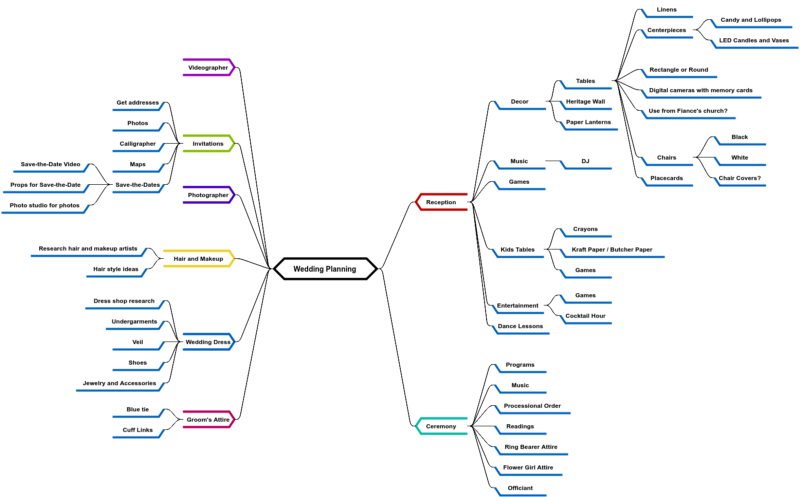
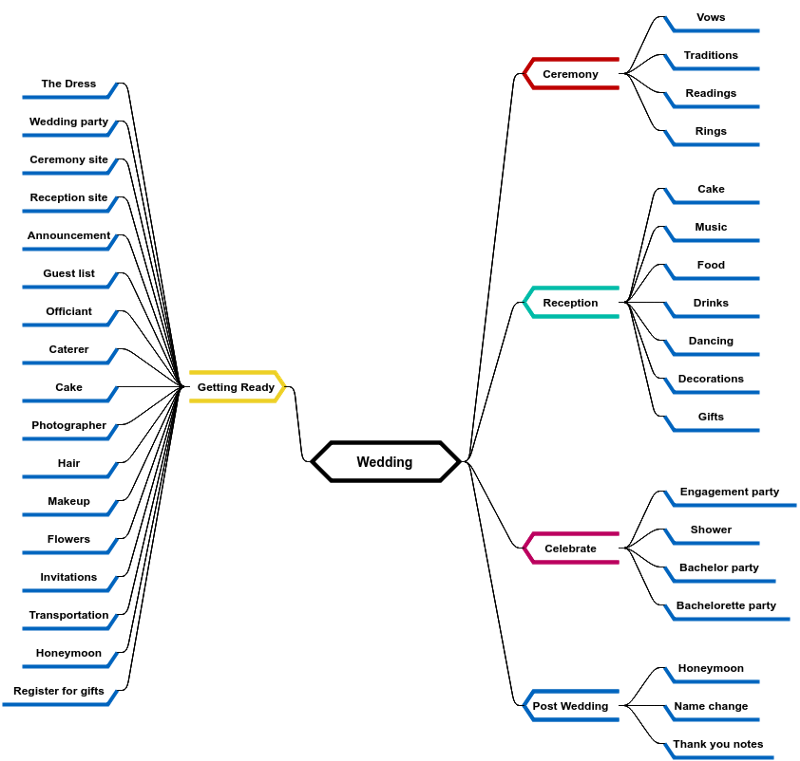
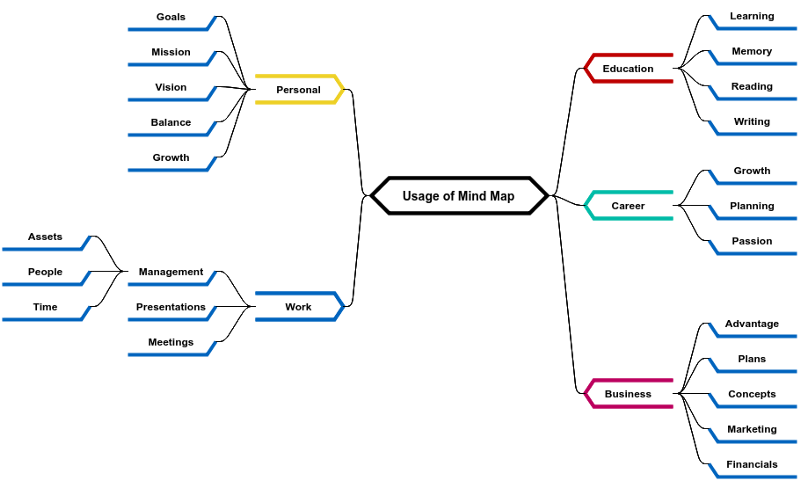
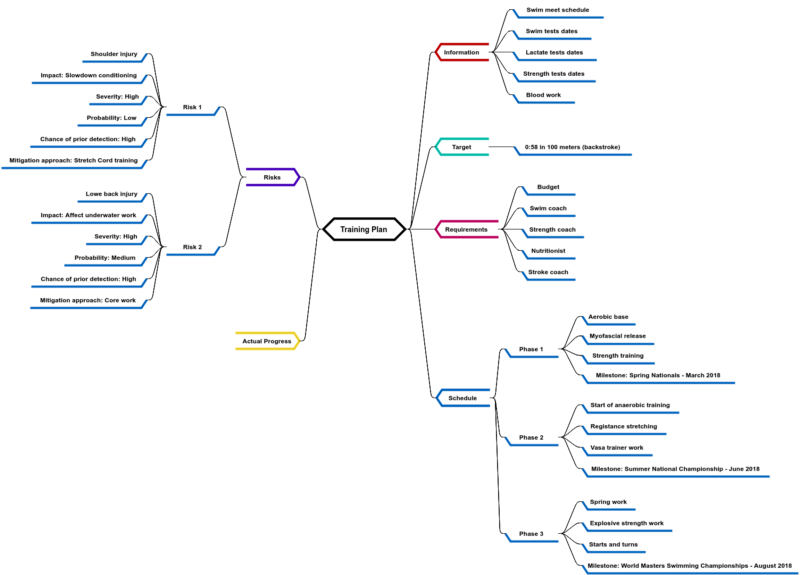
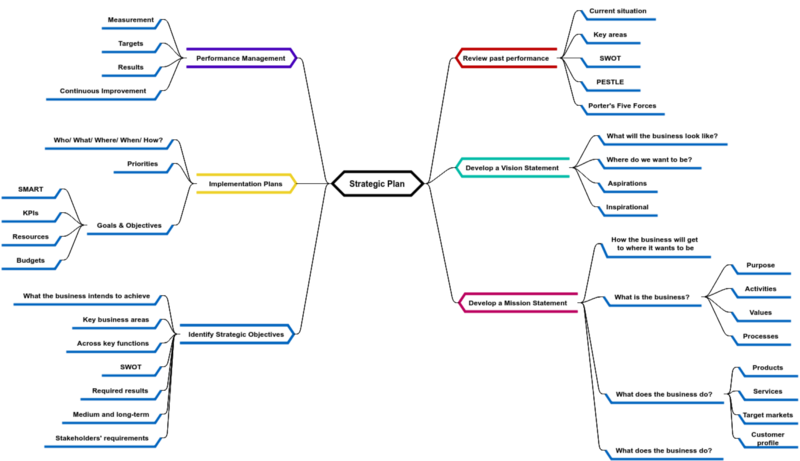
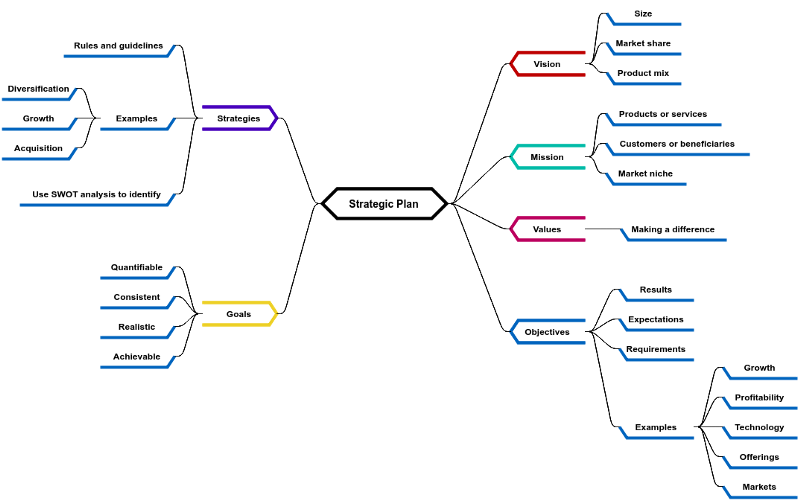
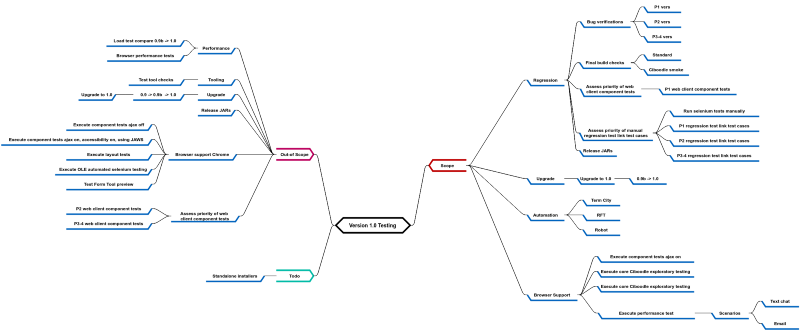
Przemówienie publiczne (szablon)

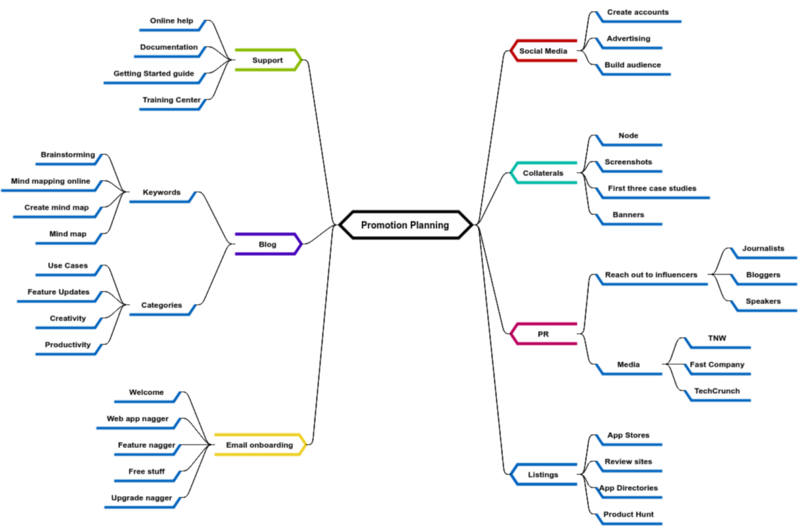
Zarządzanie projektem (szablon)
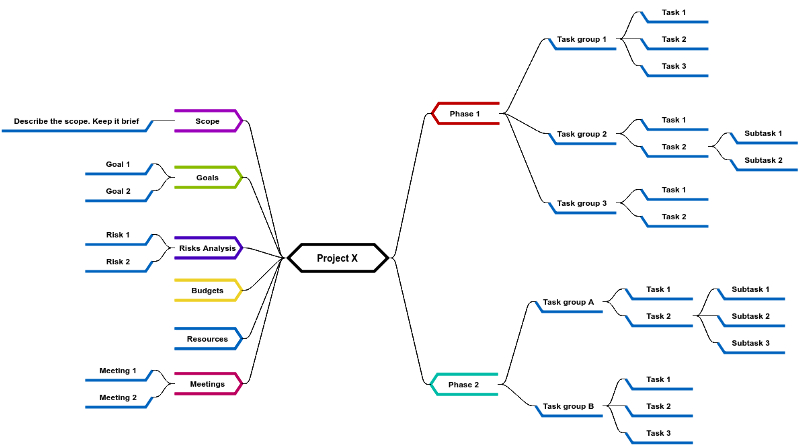

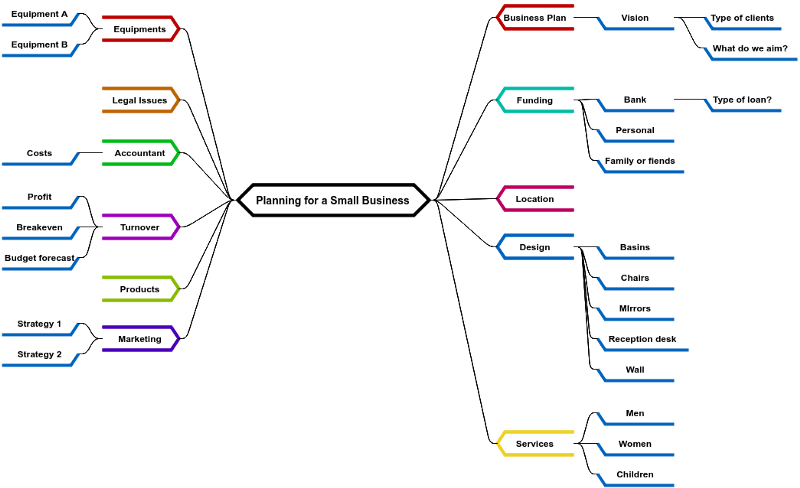
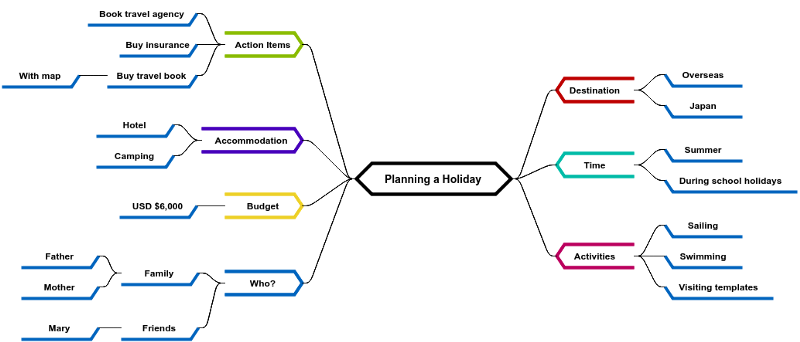
Ten post dostępny jest również w Deutsch, English, Español, فارسی, Français, Bahasa Indonesia, 日本語, Portuguese, Ру́сский, Việt Nam, 简体中文 and 繁體中文













